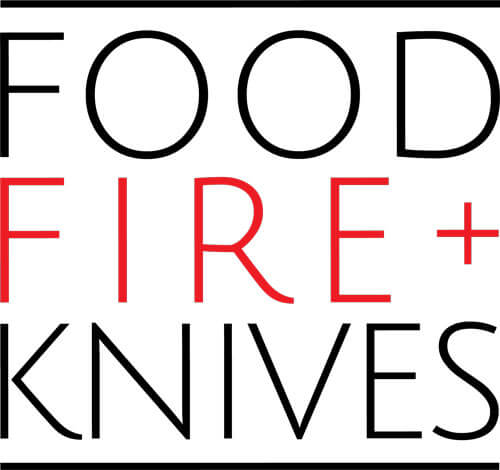If you ever try to bake something from scratch or look for baking recipes online, you’ll come across the term “proofing” almost every time. If you are a beginner and you don’t have any idea about it, read on to know exactly what it means and how to do it so you can make the perfect bread at home.
What Is Proofing?
In simple terms, proofing is the process by which dough rises seemingly magically due to the activation of the yeast. Bread gets its airy texture and develops distinct yeasty flavors as a result of proofing.
Proofing can refer to any step related to fermentation, but it is most commonly defined as the final resting time after the dough has been shaped, done just before putting it in the oven to bake. The yeast cells in leavened dough emit carbon dioxide gas, which causes the dough to expand or rise.
Why Is Proofing Important?
To develop air pockets in the risen dough, it must be proofed. Doing this can change the structure, texture, and flavor of your bread. The important thing is to do it correctly. The yeast in the dough will not produce carbon dioxide if this step is skipped, and the gluten will not stretch and contain the air bubbles.
The most important thing to remember during the proofing process is to make sure the dough isn’t over or under-proofed. Overproofing produces a pale crust color, coarse grain, poor texture, and an acidic flavor. However, underproofing produces a small loaf volume, shell tops, and bursting at the edges.
How Do I Do It Properly?
You can proof your dough in a variety of methods. Some bakers use a proofing box, a slow cooker, or their oven in the proofing setting. However, you can simply lay the dough in a glass bowl. Lightly oil and cover the dough with a moist towel. Allow the dough to rise for at least an hour at room temperature.
Many different factors affect proofing time and temperature. Your flour strength, dough formulation, degree of fermentation, the mixing process, and even the baked good you are creating. If you’re not sure if your dough has been proofed long enough, you should give it a few more minutes rather than you pull it too soon and you risk dealing with dough that isn’t ready.
Other Proofing Terms You Should Know
Aside from the proper techniques, here are a few other terms for added knowledge:
- Autolyse – This is the act of combining the flour and some or all of the water in a recipe and then leaving the mixture to rest for some period.
- Fermentation – This refers to the process where yeast converts sugar to carbon dioxide and alcohol, causing the dough to rise. Add the yeast. The dough’s first resting period is called bulk fermentation.
- Retarding – This is the chilling of the dough to slow down yeast activity. Professional bakers use a dough retarder for this process. Home bakers can simply use a regular refrigerator to accomplish the same thing.
- Banneton Basket – Also known as a proofing basket, this baking tool is made of cane, terra-cotta, or other materials that help bread loaves keep their shape during proofing. Some chefs will engrave their baskets with designs that will transfer onto the crust of the final product.
Conclusion
Given all the measurements, reactions, and processes involved, baking is definitely a science. For a beginner, this may be overwhelming, but you can learn everything with proper guidance and the willingness to improve. If you want to learn how to make the perfect bread, you can attend a local cooking class and learn from professionals.
Perhaps you are looking for a private chef in Charleston to help you with baking bread or preparing a delicious meal for you and your family. Well, Food Fire + Knives has experts to help you out or prepare the best dishes for you. Book a reservation today!

